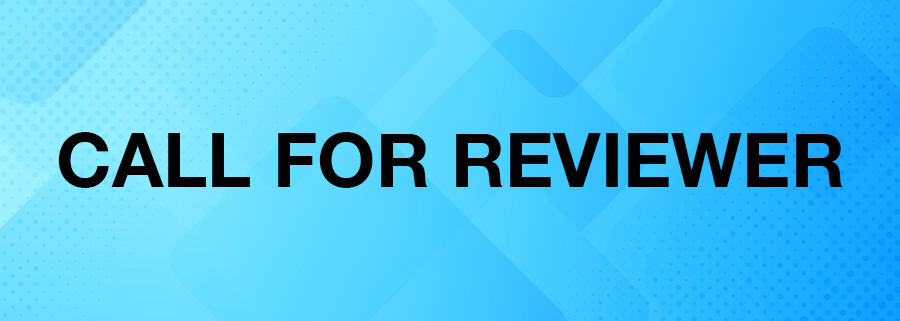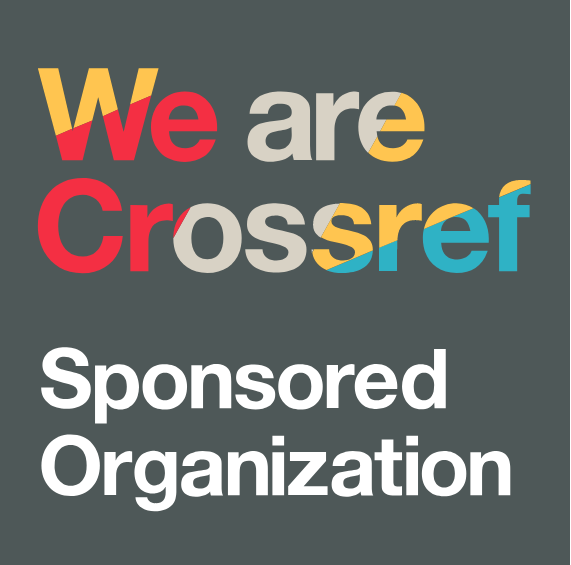Legal Boundaries between Criticism and Defamation
Keywords:
Criticism, Defamation, Freedom of Speech, Criminal Code, ITE LawAbstract
This article discusses the legal boundaries between legitimate criticism and defamation in the context of Indonesian law. The study uses a normative method with a statutory, case, and conceptual approach, examining provisions in the Criminal Code, the ITE Law, and relevant jurisprudence. The results of the study show that although freedom of speech is guaranteed in the constitution, its implementation still often conflicts with criminal provisions on defamation. Criticism delivered in good faith, based on facts, and in the public interest should not be criminalized. However, the multiple interpretations of the related articles often lead to the criminalization of legitimate criticism. This article emphasizes the importance of legal reform and the establishment of technical guidelines so that the boundaries between criticism and defamation become clearer, so that freedom of speech remains guaranteed without ignoring the right to a good name.
References
Andi Hamzah. Delik-Delik Khusus Kejahatan terhadap Kehormatan. Jakarta: Sinar Grafika, 2005.
Gohar, M., Anwar, S., Ali, M., Choi, J. G., Alquhayz, H., & Koh, S. J. (2020). Partial bicasting with buffering for proxy mobile IPV6 mobility management in CoAP-based IoT networks. Electronics, 9(4), 598.
Asshiddiqie, Jimly. Pengantar Ilmu Hukum Tata Negara. Jakarta: Rajawali Pers, 2006.
Lubis, Todung Mulya. In Search of Human Rights: Legal-Political Dilemmas of Indonesia’s New Order. Jakarta: Gramedia, 1985.
Fatmawati, I., & Ali, H. (2021). Determination Attitude Toward Using and Purchase Intentions: Analysis of Perceived Ease of Use and Perceived Usefulness (Case Study of. Dinasti International Journal of Management Science, 3(1).
Rahardjo, Satjipto. Ilmu Hukum. Bandung: Citra Aditya Bakti, 2000.
Soekanto, Soerjono dan Sri Mamudji. Penelitian Hukum Normatif: Suatu Tinjauan Singkat. Jakarta: Rajawali Pers, 2004.
Elviana, E., & Ali, H. (2022). Determination of Financial Distress and Stock Prices: The Effect of Financial Performance and Sales Growth (Financial Management Review Literature). Dinasti International Journal of Economics, Finance & Accounting, 3(3), 241-252.
Havidz, S. A. H., Jianmu, Y., Aima, M. H., & Ali, H. (2017). Technical and scale efficiency employing data envelopment analysis: Empirical evidence from Islamic public banks in Indonesia. International Journal of Application or Innovation in Engineering & Management (IJAIEM), 6(8), 85-94.
Undang-Undang Dasar Negara Republik Indonesia Tahun 1945.
Kitab Undang-Undang Hukum Pidana (KUHP).
Undang-Undang Nomor 11 Tahun 2008 tentang Informasi dan Transaksi Elektronik beserta perubahannya.
Djamaluddin, S., Putridan, M. J., & Ali, H. (2017). Financial distress comparative analysis of Japanese electronic manufacturer after financial global crisis 2008 using Altman, Ohlson, and Zmijewski model. The International Journal of Business and Management, 5(7), 131-141.
Undang-Undang Nomor 39 Tahun 1999 tentang Hak Asasi Manusia.
Undang-Undang Nomor 12 Tahun 2005 tentang Pengesahan Kovenan Internasional tentang Hak-Hak Sipil dan Politik.
Putusan Mahkamah Konstitusi Nomor 50/PUU-VI/2008.
SAFEnet (Southeast Asia Freedom of Expression Network). Annual Reports 2019–2023. https://safenet.or.id
Widodo, D. S., Silitonga, P. E. S., & Ali, H. (2017). Analysis of Organizational Performance: Predictors of Transformational Leadership Style, Services Leadership Style and Organizational Learning (Studies in Jakarta Government). International Journal of Economic Research, 14(2), 167-182.
Downloads
Published
How to Cite
Issue
Section
License
Copyright (c) 2025 Salisah Salsabilla

This work is licensed under a Creative Commons Attribution 4.0 International License.
Copyright :
Authors who publish their manuscripts in this journal agree to the following conditions:
- Copyright in each article belongs to the author.
- The author acknowledges that the Siber International Journal of Advanced Law (SIJAL) has the right to be the first to publish under a Creative Commons Attribution 4.0 International license (Attribution 4.0 International CC BY 4.0).
- Authors can submit articles separately, arrange the non-exclusive distribution of manuscripts that have been published in this journal to other versions (for example, sent to the author's institutional repository, publication in a book, etc.), by acknowledging that the manuscript has been published for the first time at SIJAL.






















